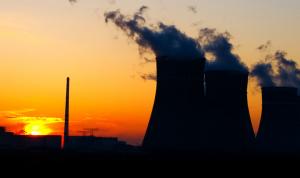A demographic analysis of plants in the U.S.
Robert McCullough is the Manager of McCullough Research, an energy research firm, which has performed extensive work in analyzing prices and markets in the electric utility and other energy industry sectors.
A recent article published in The New York Times examined the claim of the U.S. nuclear industry that the aging reactors of its domestic nuclear fleet would be able to continue operating to an age of 60 years.1 This claim seems an absurd assertion, since few technologies last 60 years. When the current generation of nuclear reactors was planned, eight-track tape players dominated music, computers occupied entire buildings, and the life expectancy of the average American male was 67 years.

The question of the life span of these resources is now highly pertinent, given efforts to subsidize nuclear units in New York and Illinois. Are these subsidies for five years or 30 years? Obviously, the expected lifetime of these units is going to have a central bearing on the debate.
There is little research on the life expectancy of the average commercial reactor. According to data published by the International Atomic Energy Agency (IAEA), the oldest operating nuclear reactor (Dottingen, Switzerland) is only 44 years old.2
The most common analysis of the life expectancy of nuclear reactors uses the "Grandfather's Hammer" model. In this model, it is assumed that when the head of the hammer ages, it will be replaced. When the handle ages, it is replaced. The logical conclusion drawn from the model is that the life expectancy of a hammer is effectively infinite.

